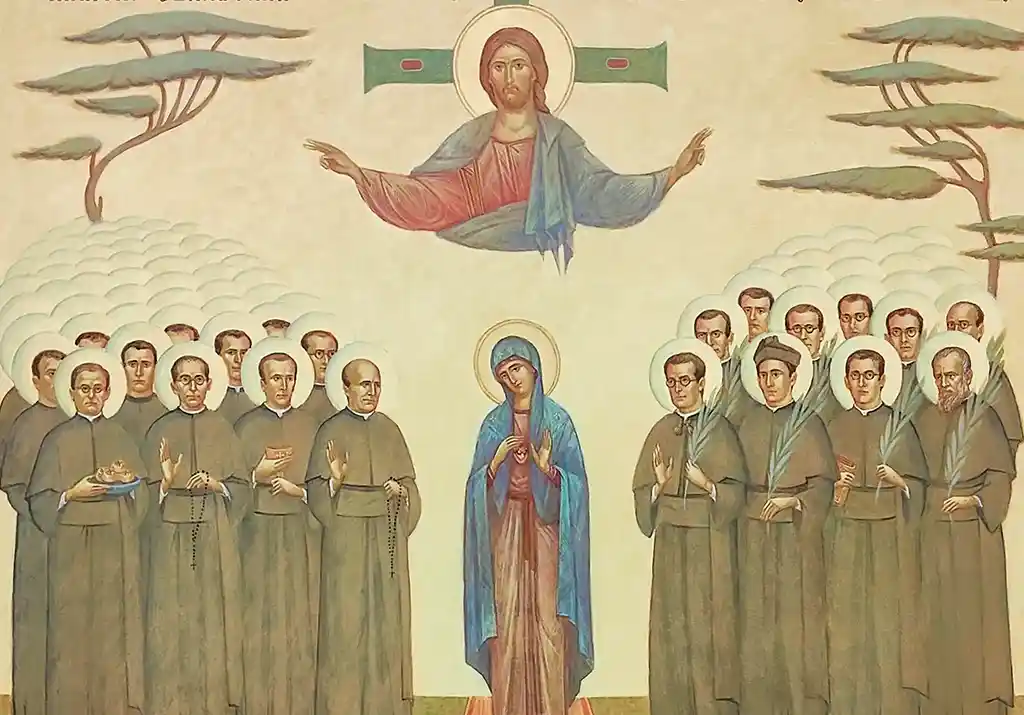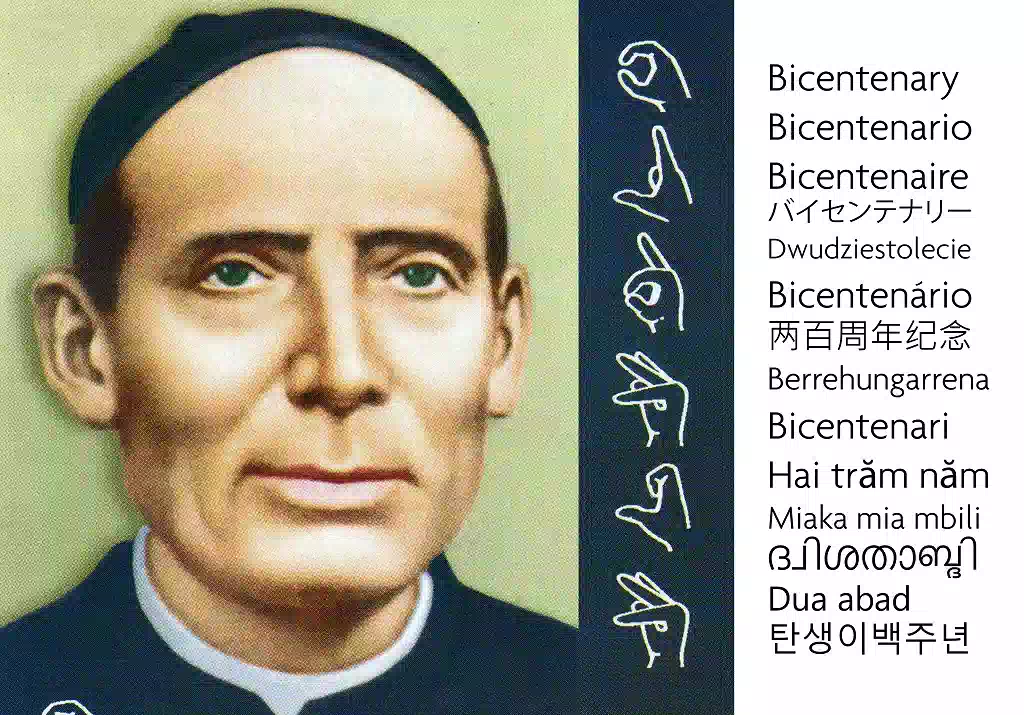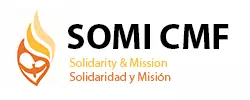Philippines. The labour of the missionaries has fostered the apparition of schools, parishes, hospitals, and has contributed to the dialogue among Christians and Muslims. The message of peace and development is stronger than violence, kidnappings and the assassinations of missionaries and professors and the educative projects of the tribal populations.
The long march toward peace, the not less difficult way to development, and the great challenge of strengthening the bonds between Christians, Muslims and the tribal population: These are the themes that have distinguished the missionary presence, for more than 50 years, of the Claretians in Basilan, an island in the South of the Philippines.
Fr. Eduardo Apungan remembers some of the personalities who have set apart the Claretian presence in Basilan. Thus, the late bishop José María Querexeta, Fr. Angel Calvo, promoter of the interreligious peace and dialogue, Fr. Eduardo Monge, kidnapped by the Frente Islámico Moro de Liberación (MILF), and Fr. Bernardo Blanco, kidnapped by groups of the fundamentalist movement of Abu Sayyaf. The martyrdom, in 2001, of the young Claretian Fr. Rhoel Gallardo became a source of inspiration for the young missionaries of the island of Isabela who run in Tumahubong the school for the last 61 years, and is the only one in the island with primary, secondary and higher education school of religious inspiration attending to more than 3000 Christian and Moslem students. The Claretian parochial school, also in Tumahubong, San Vicente Ferrer, has been twice burned and reconstructed with the help of donations. During the second attack, the extremists kidnapped a number of students and killed some of the professors. Fr. Apungan underlines that, in spite of the difficulties, the attacks and the violence perpetrated, the Claretians continue firmly believing that “remaining in the island” and “helping from our poverty our Christian and Moslem brothers and sisters” gives a “strong sense” to the Basilan mission. Without forgetting the indigenous populations of the zone, who count on the support of numerous development projects, such as an educative project for 212 children and more than a hundred adults of the indigenous tribe of the Badjaos.








